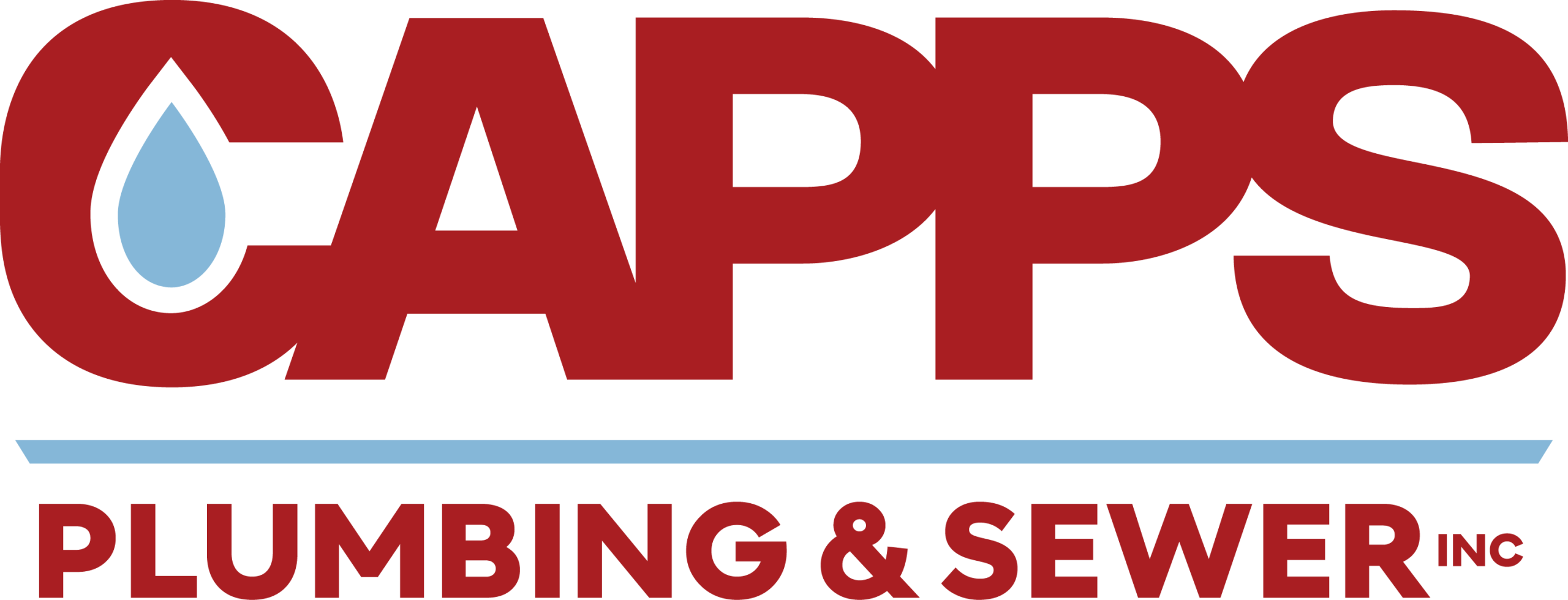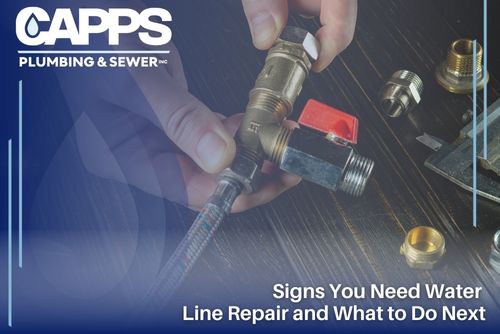A good water line is essential for a healthy home. How can you tell if your water line is broken? There are some signs to look out for. By detecting these signs early on, you can act quickly and avoid expensive repairs and possible water damage.
Watch out for low water pressure, brown or dirty water, strange puddles in your yard, or even a sudden rise in your water bill. If you don’t pay attention to these problems, they can worsen and lead to serious issues for your plumbing system and property.
Spotting Low Water Pressure and Its Implications
Low water pressure is often one of the first signs of an issue with your water line. When faucets and showerheads have low flow, it can be frustrating for homeowners. So, what causes this drop in water pressure?
One main reason for ongoing low water pressure is a leak in the water line. When water leaks out, it lowers the amount and strength of water reaching your fixtures. Mineral deposits and sediment can also build up in the water line, restricting water flow and lowering water pressure.
A skilled plumber can identify the leading cause of the issue and suggest solutions, such as pipe repair or replacement, to improve water flow.
Understanding Discolored Water and Health Risks
Discolored water looks terrible, and it can also be harmful to you and your family. Not every case of water discoloration means there’s a big problem. Still, if the water remains discolored, pay attention.
If your water is yellow or brownish, it might be due to rust and sediment in your pipes. These bits can build up over time, especially in old plumbing. Sometimes, iron or manganese in the water supply can also change its color. On the other hand, if your water is reddish or orange, it could point to something more serious, like lead contamination.
Lead is toxic and can harm health, especially in children. If you think your water is discolored from lead, stop using it immediately. Then, contact your local water utility company to test the water and get help with what to do next.
Unexplained Puddles: A Clear Indicator of Leakage
Finding unexplained puddles in your yard or around your home, especially if it hasn’t rained recently, can be a sign of a leak in your underground water line. You might think these puddles are not a big deal, but ignoring them can lead to more significant problems and damage.
Water can soak into the soil when a leak occurs, creating soggy areas or puddles. As the leak worsens, water pressure can wash away more soil, causing dips or sinkholes in your yard. These holes can harm your landscape and make your yard unsafe.
Contact a professional plumber if you see strange puddles or wet spots in your yard. They can locate the leak in your water line and suggest the proper repairs, such as pipe repair or replacement.
Exploring the Causes of Water Line Damage
Knowing what causes water line damage can prevent it in the future. Many factors can harm your water lines and cause problems.
These include corrosion, tree roots getting into the pipes, earthquakes, and aging over time. Once you understand these causes, you can take steps to reduce the risks, which will help maintain a good water supply for your home.
The Role of Corrosion in Water Line Deterioration
Corrosion is a serious problem for water lines. It slowly damages the pipes, making them weak. This process happens when metals like copper or galvanized steel react with water, oxygen, and other environmental materials.
Corrosion can cause rust, tiny leaks, and even total pipe breakdown over time. The soil’s acidity, the water’s chemistry, and stray electrical currents can accelerate corrosion, reducing the life of your water lines.
To prevent corrosion, you need to do a few things. One is to use materials that resist corrosion, like Type L or Type K copper or cross-linked polyethylene (PEX). Another is to add a water softener, which removes hard minerals from the water. Finally, be careful with chemical drain cleaners, which may cause corrosion over time.
Tree Root Intrusion: A Silent Threat to Water Pipes
While trees add shade and beauty to our environment, their roots can harm underground pipes, such as water lines. Roots naturally seek water, and they will seek out any rich moisture in your water pipes.
As roots grow to find water, they can put a lot of pressure on underground pipes, even if they have tiny cracks or leaks. Over time, this pressure can cause big problems, such as cracks, bursts, or even the complete collapse of the pipes.
It is important to plan when planting trees to prevent tree roots from causing issues. Before you plant any trees or large shrubs, know where your underground utilities, like your water line, are located.
Aging Pipes: The Inevitable Wear and Tear
Like any part of your home, water lines don’t last forever. As pipes age, they wear out and become more likely to be damaged or leak. This is especially true for older pipes made of materials like galvanized steel, which can rust over time.
When pipes reach the end of their lives, you might notice problems. These include frequent leaks, lower water pressure, and brownish water. These signs indicate that your pipes are breaking down and must be repaired.
If your pipes are aging, the best fix is usually to replace them. Although it may cost a lot at first, it can help you avoid ongoing repairs and save you money in the future.
Assessing the Extent of Damage for Repair
It is essential to examine the damage closely before choosing a repair method. A plumber will usually start by correctly finding the leak. They can then use ground-penetrating radar, video inspections, or listening devices.
After finding the leak, the plumber will check how big and how many leaks there are, what kind of pipes you have, and how easy it is to get to the damaged part. For example, if there is a small leak in an easy-to-reach area of a copper pipe, it might be simple to fix with a pipe clamp or epoxy putty.
On the other hand, if the damage is worse, like a large crack or rust in a hard-to-reach spot, you might need to replace the pipe. The plumber will consider all these factors, your money, and your future plans to suggest the best way to fix it.
Professional Plumbing Services: Why Expertise Matters
When there are water line problems, correctly figuring out the issue is very important. It helps find the best way to fix or replace what’s broken. This is where skilled technicians become very helpful. They train a lot to learn about plumbing systems. This training helps them find the leading cause of the problem quickly.
To assess your water lines, they use a mix of visual checks, special tools, and their knowledge. For example, they can use video pipe inspection cameras to look inside your pipes. This helps them find clogs, leaks, and more problems that you might not see just by looking.
Their expert diagnosis also considers things like water pressure, the material of your pipes, the age of your plumbing system, and any recent home changes or digging that may have affected the water lines. This detailed method helps ensure you get the best and most lasting solutions, saving you from future extra costs.
Schedule a Water Line Repair
Water line problems are serious and can cause significant damage if not fixed right away. It’s essential to recognize the signs of water line damage. These signs include low water pressure and water that looks dirty. Issues can come from rust, tree roots, and old pipes. Knowing when to fix or change the pipes is very important. Plumbers can help find and solve water line issues effectively. Whether it’s for homes or businesses, expert help provides long-lasting fixes that meet your needs. For an effective water line repair, contact Capss Plumbing today.




